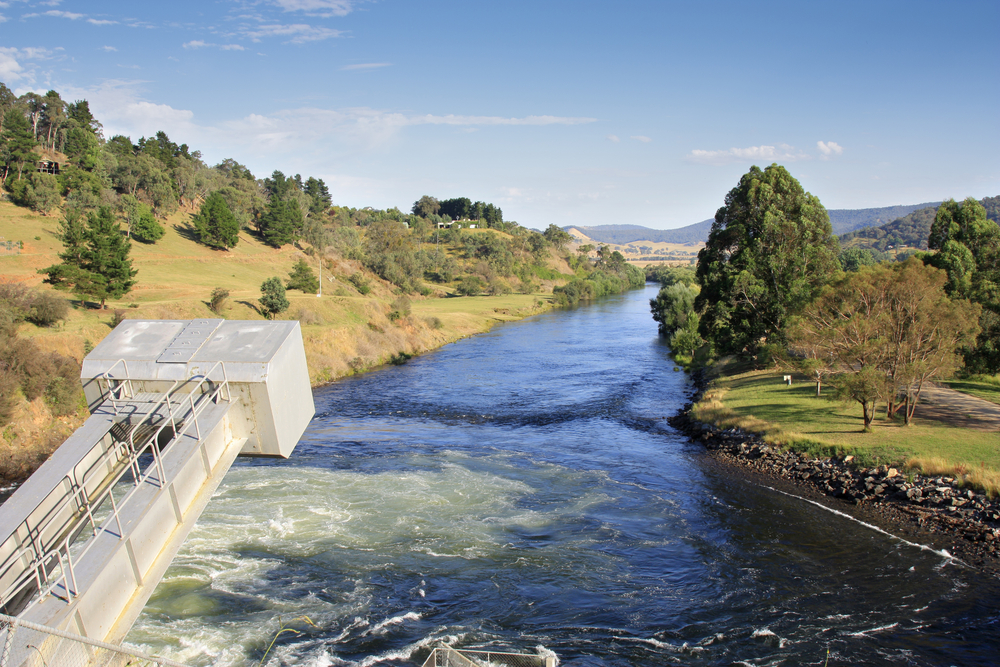
The April closure of Liddell Power Station in New South Wales marks major progress in the state’s plan to move away from polluting coal to clean, affordable and reliable renewable energy, according to the Climate Council.
Dr Carl Tidemann, Senior Researcher at the Climate Council, said: “When Liddell first came online, Australian troops were still deployed to the Vietnam war; seatbelts were still optional for most of the country; Richard Nixon was the US president.
“Times have certainly changed in the past half century and so has the way we generate and store power – the time is right to start retiring old and failing coal.”
Liddell has consistently failed to produce its maximum amount of power and has been extremely unreliable, with the station needing to be restarted 335 times last year.
Since Lidell’s closure was announced in 2017, electricity generation from renewables in NSW has more than quadrupled – and is now more than double the output from Liddell (from 4.2 to 17 terawatt hours in 2022).
Dr Tidemann continued: “There is an abundant pipeline of renewable energy projects firing up to replace Liddell’s capacity.
“Australians are feeling the pinch with their power bills, so the sooner we get off unreliable coal-fired power and expensive gas by switching to 100% cheap and reliable renewables, the better.
“AGL gave six years’ notice of Liddell’s closure, which has allowed workers and the industry time to prepare for a smooth and managed exit.
“This is a textbook example of how the transformation of our energy system can work.”
Renewable projects in the pipeline for New South Wales include AGL’s big battery which will have a capacity of 250 megawatts and the New England Solar Farm, which will eventually be sized at 720 megawatts.
The Australian Energy Market Operator also expects more renewable energy to come online in the next few years.









